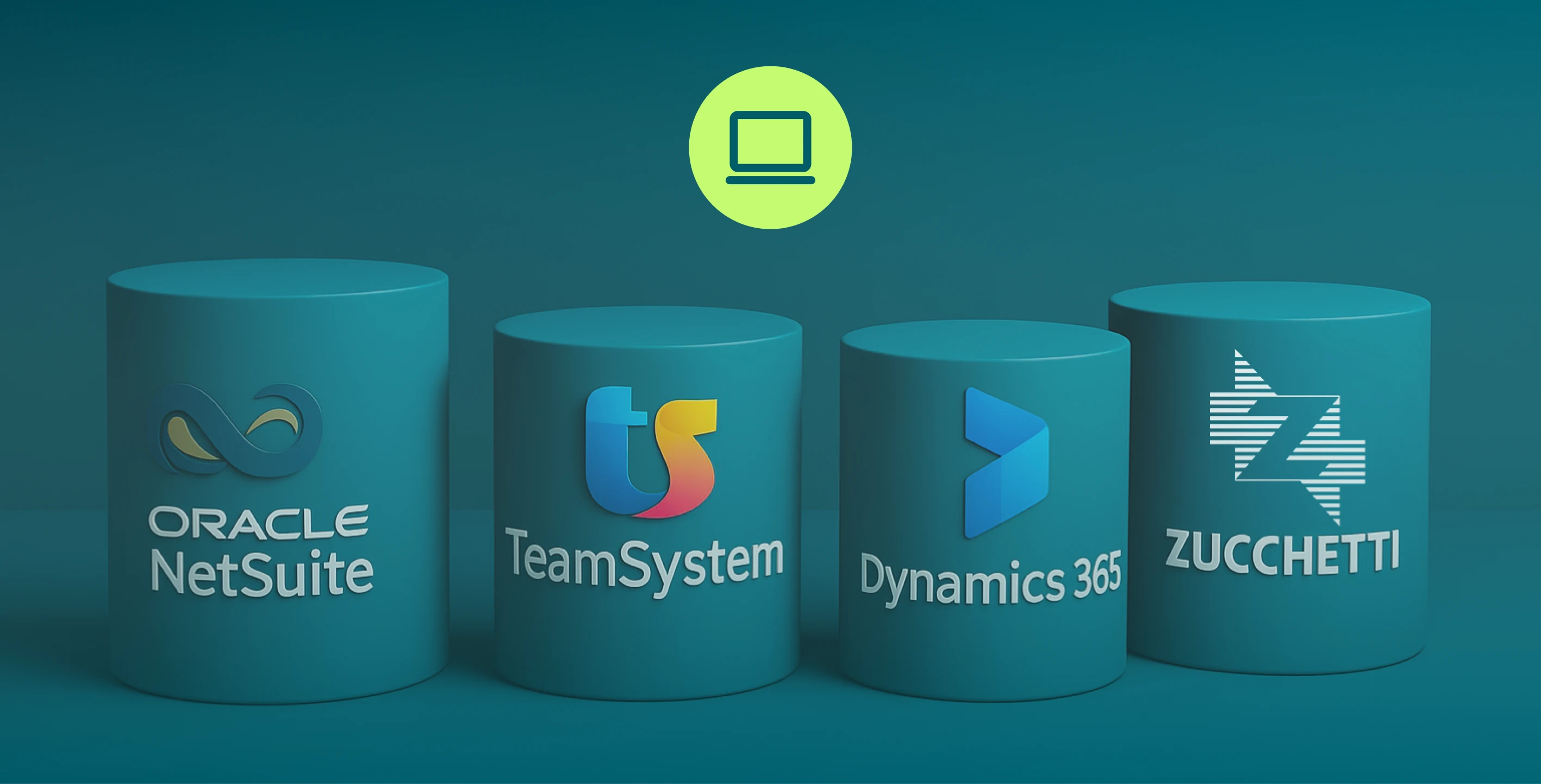Spreadsheet vs spend tool: how to manage software costs
Still using spreadsheets to track SaaS? Compare manual tracking with purpose-built tools and see where the gap is.

Excel is the natural starting point. It’s already on your desktop, it feels familiar, and a few columns are enough to create the illusion of control. A file to map your tools, costs, and renewal dates. No onboarding. No extra cost. Everything in one place.
And for a while, it works. But then the complexity grows: more teams, more subscriptions, more renewals to track. That file that once felt manageable starts to fall apart. Data goes out of date, reminders get missed, visibility breaks down, and control slips away.
The real question is: how far can a spreadsheet take you? And when do you need a proper system?
What managing software in Excel really looks like
At first, it feels manageable: a spreadsheet listing tools, renewal dates, and monthly costs. Maybe a column for each team. A few coloured cells to flag status. No learning curve. No cost to justify. And the sense that everything is visible.
But it doesn’t take much for the system to start cracking.
Manual updates. It takes discipline. If the person maintaining the file skips a round, or forgets to log a change, the data quickly falls behind.
No notifications. Excel won’t alert you. No warnings for upcoming renewals, unusual spend, or duplicate charges. Everything depends on someone remembering to check.
Information stuck in silos. Often, a single person owns the file. Others don’t open it — or don’t even know where it is. No shared visibility.
Limited scalability. With dozens of tools, multiple tabs, and competing versions, things get messy fast. A couple of broken formulas are all it takes to lose control.
Poor analytics. Understanding trends means building macros, pivot tables, or exporting to other tools. And even then, the answers come too late.
Excel isn’t the issue. It just wasn’t built for this job.
What a dedicated platform changes
A spreadsheet stores data. A platform makes it useful.
With a dedicated tool like WithLess, subscription management doesn’t rely on manual inputs. It runs on real data that updates itself. The platform connects payment systems and, where needed, links directly to the ERP. Every workflow is in sync.
- Built-in automation There’s nothing to copy or paste. When a charge hits a virtual card, the spend is logged automatically. Same for invoices and renewals. The data comes from source systems, not from someone editing a cell.
- Native alerts Upcoming renewals? Duplicate charges? Budget thresholds breached? The platform notifies the right person, at the right time. No need to remember to check a file.
- Shared access IT, finance, approvers: anyone involved in the spend cycle can log in and see what’s happening. No requests, no chasing updated versions.
- Real control Defined roles, clear permissions, full audit trail. Every change is logged. No more invisible edits or accidental overrides.
- Insights that actually matter The dashboard highlights trends, anomalies, and forecasts. Built-in intelligence suggests concrete actions to cut waste, avoid mistakes, and plan ahead. No formulas to build. No retroactive fixes.
A platform does the job a spreadsheet was never meant to do. Not because it looks better. Because it’s built for this.
What’s the cost of doing nothing (and sticking with Excel)?
A dedicated platform requires investment. But ignoring the hidden costs of manual management is even riskier: missed renewals, incomplete data, and insights that arrive too late. And hours lost trying to fill the gaps.
Once you’re managing 40–50 active subscriptions, or spending thousands per month on software, the spreadsheet starts to stretch. Controls slip. Decisions slow down. And finance teams lose an average of 40 hours each month to manual admin.
WithLess meets you where you are. Even if that means starting from a messy Excel file. The platform imports your data, centralises it, and connects it to your actual spend flows. You don’t need to change systems overnight; you just get to stop chasing data.
For teams with significant software spend, the value generated — in control, visibility, and time saved — outweighs the subscription cost fast.
When to make the switch
Spreadsheets work as long as your spend stays simple. But when the number of tools climbs past 30 or 40, or when decisions involve multiple teams, Excel becomes a bottleneck.
The signs are easy to spot: missed renewals, budgets off track, requests buried in chat, approvals skipped. And finance ends up spending more time fixing broken data than using it.
A dedicated platform shifts the operating model. No overhaul required. It imports your existing data, centralises information, and connects spend flows. The focus moves from maintaining files to making decisions.
Making the switch makes sense when:
- Monthly SaaS spend is over €10–15K
- More than one team is involved in decisions
- Each approval cycle touches multiple people and tools
It’s not about size. It’s about efficiency. If Excel starts slowing you down, it’s already time to move.
See how WithLess works
You’ve taken Excel as far as it can go. But it wasn’t built to manage workflows, alerts, approvals, or real-time analysis.
WithLess imports your existing data, connects it to your live systems, and gives you one clear view of every expense. In just a few days, that static file becomes a live platform. Nothing lost. Plenty gained.
The smartest way to manage business spend.
WithLess uses AI to control spend in real time, automate finance ops, and eliminate manual work.
Let's talk

